Can Air Bubbles in Coolant Cause Overheating? Critical Facts!
Yes, air bubbles in coolant can cause overheating by disrupting the cooling system’s functionality. Air bubbles prevent proper circulation and cooling, leading to engine overheating.
This issue can result in engine damage and decreased performance if not addressed promptly. When air bubbles enter the coolant system, they displace coolant, reducing its ability to absorb and dissipate heat effectively. As a result, the engine may overheat due to inadequate cooling.
Detecting and removing air bubbles from the coolant system is crucial to maintain optimal engine temperature and prevent overheating-related issues. Proper maintenance and regular checks can help prevent this problem and ensure the engine operates efficiently.
Introduction To Coolant Functionality
Air bubbles in coolant can disrupt proper functionality, potentially leading to overheating issues in the vehicle’s engine. It is crucial to address this concern promptly to prevent any damage or performance issues. Regular maintenance and bleeding of the coolant system can help avoid overheating due to air bubbles.
Coolant, also known as antifreeze, plays a vital role in keeping a vehicle’s engine running smoothly. It is a mixture of water and ethylene glycol that circulates through the engine to absorb heat and transfer it to the radiator. The radiator then dissipates the heat into the air, allowing the engine to maintain a safe operating temperature.
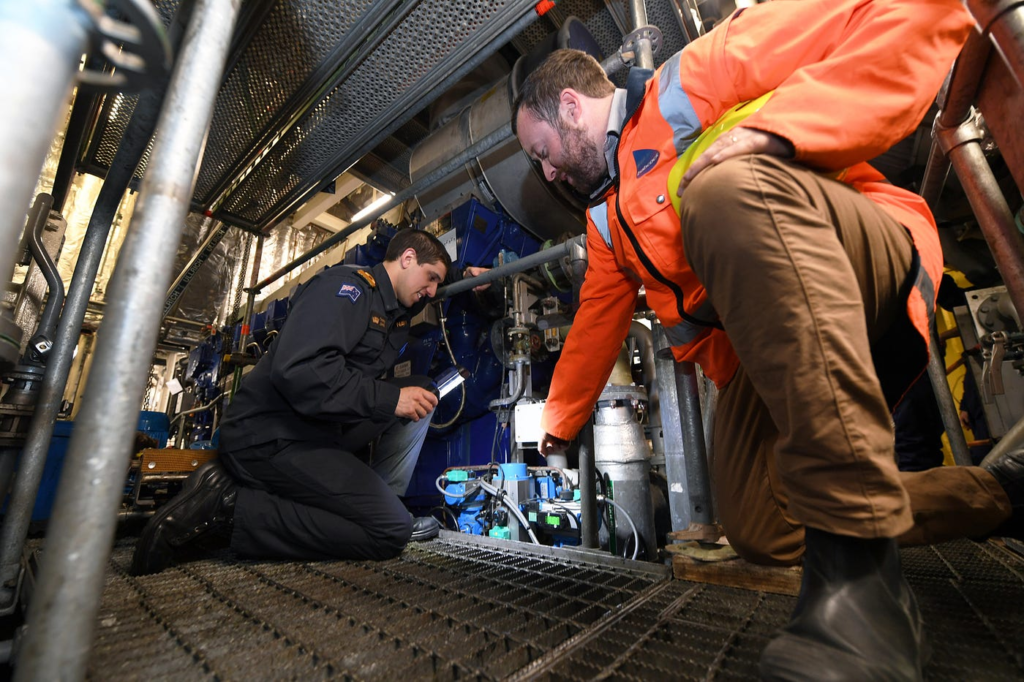
Role Of Coolant In Engine Temperature Regulation
The coolant system helps regulate the temperature of the engine by absorbing and dissipating heat. When the engine runs, it generates a lot of heat that needs to be dissipated to prevent overheating. The coolant circulates through the engine and absorbs the heat, which is then transferred to the radiator and dissipated into the air.
This process helps maintain the engine’s optimal operating temperature, which is crucial for its performance and longevity.
Consequences Of Coolant System Failures
A faulty coolant system can lead to serious engine problems and costly repairs. Air bubbles in the coolant system can cause the engine to overheat, which can damage the head gasket, warp the cylinder head, or even crack the engine block. In addition, a coolant leak can cause the engine to overheat, leading to similar problems.
It is important to ensure that the coolant system is functioning properly and that there are no leaks or air pockets in the system to prevent these costly issues. Regular maintenance and inspection of the coolant system can help avoid such problems, ensuring optimal engine performance and longevity.
The Basics Of Overheating In Vehicles
Air bubbles in the coolant can indeed cause overheating in vehicles. When these bubbles disrupt the flow of coolant, it can lead to hot spots in the engine, resulting in overheating. Proper bleeding of the cooling system and checking for leaks can help prevent this issue.
The Basics of Overheating in Vehicles
When air bubbles get trapped in the coolant system, they can lead to overheating in a vehicle. This issue occurs when the air pockets disrupt the normal flow of coolant through the engine, causing hot spots and potential damage. The presence of air bubbles can cause the engine temperature to rise rapidly, leading to overheating. It is crucial to understand the common symptoms of overheating and the potential impacts on engine performance.
Common Symptoms of Overheating
1. Rising Temperature Gauge
2. Steam Coming from the Hood
3. Burning Smell
4. Engine Misfires
5. Coolant Leaks
Potential Impacts on Engine Performance
– Reduced Power Output
– Engine Damage
– Decreased Fuel Efficiency
– Increased Emissions
Trapped air bubbles can impede the coolant’s ability to regulate the engine temperature, leading to these symptoms and performance issues. Regular maintenance and proper bleeding of the coolant system can prevent air bubble-related overheating and maintain engine health.
Air Bubbles In The Cooling System
Air bubbles in the cooling system can have a significant impact on the performance of your vehicle’s engine. These air bubbles can cause overheating and affect the overall efficiency of the cooling system. It’s essential to understand the formation and sources of air bubbles, as well as how they can affect the circulation of coolant.
Formation And Sources Of Air Bubbles
Air bubbles can form in the cooling system due to various reasons, including improper bleeding of the system after coolant replacement, a leak in the system, or a blown head gasket. When air enters the cooling system, it can become trapped and form bubbles, hindering the flow of coolant and disrupting the heat dissipation process.
How Air Bubbles Affect Coolant Circulation
When air bubbles are present in the cooling system, they can impede the flow of coolant, leading to localized hot spots and inefficient heat transfer. This can result in overheating and potential damage to the engine components. Additionally, air bubbles can cause air pockets to form in the radiator, reducing the cooling capacity of the system.
Connecting Overheating To Air Bubbles
Air bubbles in coolant can indeed cause overheating in a vehicle. These air bubbles can disrupt the flow of coolant through the engine, leading to inefficient cooling and increased temperatures. It is important to address and remove any air bubbles to prevent overheating issues.
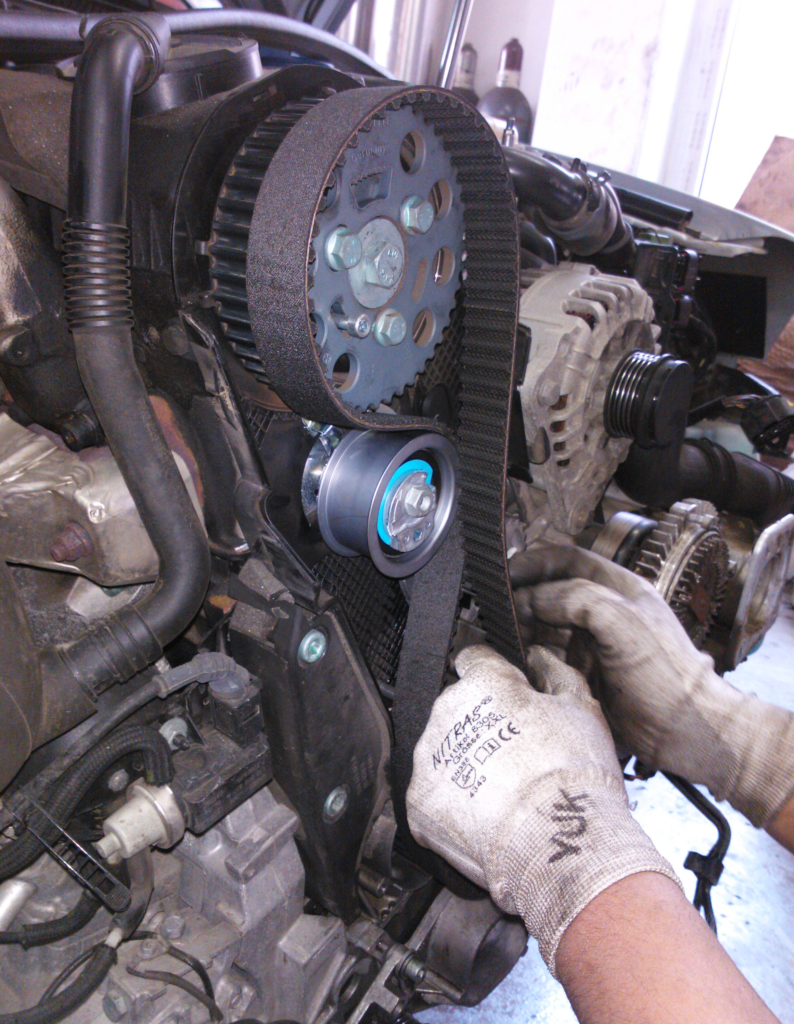
Air Bubbles And Heat Transfer Efficiency
Air bubbles in coolant can have a significant impact on the heat transfer efficiency of your vehicle’s cooling system. When air bubbles are present, they can disrupt the flow of coolant and create pockets of trapped air. This reduces the ability of the coolant to effectively absorb and dissipate heat from the engine, leading to overheating issues.
To understand why air bubbles affect heat transfer efficiency, let’s take a closer look at how the cooling system works. The coolant circulates through the engine, absorbing heat generated by the combustion process. It then flows to the radiator, where it releases the heat into the surrounding air. This continuous cycle keeps the engine operating at a safe temperature.
However, when air bubbles are present in the coolant, they act as an insulator, preventing efficient heat transfer. The trapped air forms a barrier between the hot engine surfaces and the coolant, hindering the cooling process. This can result in a buildup of heat within the engine, leading to overheating.
Case Studies: Overheating Due To Air Lock
Several case studies have highlighted the impact of air bubbles on overheating issues in vehicles. In one instance, a car owner experienced persistent overheating despite regular coolant flushes and radiator maintenance. Upon further investigation, it was discovered that air bubbles had formed in the cooling system, creating an air lock. This air lock prevented the proper flow of coolant, resulting in overheating.
In another case, a truck driver noticed that their engine temperature was consistently rising during long drives. Despite replacing the thermostat and ensuring proper coolant levels, the overheating problem persisted. It was later determined that the presence of air bubbles in the coolant was causing the issue. The trapped air hindered the coolant’s ability to effectively absorb and dissipate heat, leading to overheating.
These case studies highlight the importance of addressing air bubbles in the coolant to prevent overheating. Regular maintenance, including proper bleeding of the cooling system, can help remove trapped air and ensure efficient heat transfer.
Overall, it is crucial to understand the connection between air bubbles and overheating in the cooling system. By addressing air lock issues and ensuring proper coolant flow, you can maintain optimal heat transfer efficiency and prevent overheating problems in your vehicle.
Diagnosing Air Bubble Issues
Air bubbles in the coolant can be a common cause of overheating in a vehicle’s cooling system. If left unresolved, these air bubbles can disrupt the flow of coolant, leading to engine overheating and potential damage.
Diagnosing air bubble issues in the cooling system is crucial to ensure optimal engine performance and prevent costly repairs. In this section, we will discuss the steps to identify air in the cooling system and the tools you can use to diagnose coolant problems.
Steps To Identify Air In The Cooling System
Identifying the presence of air bubbles in the cooling system is the first step in diagnosing coolant problems. Follow these steps to check for air in the system:
- Allow the engine to cool down completely before beginning the diagnostic process.
- Inspect the coolant reservoir or radiator cap for any signs of coolant leakage.
- Start the engine and let it idle for a few minutes.
- Observe the coolant level in the reservoir or radiator. If it drops significantly or fluctuates, it may indicate the presence of air bubbles.
- Check for air bubbles rising to the surface of the coolant. You can do this by shining a flashlight into the coolant reservoir or radiator while the engine is running.
- Monitor the temperature gauge on the dashboard. If it starts to rise abnormally, it could be a sign of air bubbles causing overheating.
Tools For Diagnosing Coolant Problems
Having the right tools can make the process of diagnosing coolant problems much easier. Here are some essential tools you can use:
| Tool | Description |
|---|---|
| Coolant Pressure Tester | Allows you to test the pressure of the cooling system and identify any leaks or air pockets. |
| Coolant Hydrometer | Measures the specific gravity of the coolant, helping you determine if there is an excessive air content. |
| Coolant Vacuum Filler | Enables you to remove air bubbles from the cooling system by creating a vacuum and refilling with coolant. |
These tools can aid in accurately diagnosing air bubble issues in the cooling system, allowing for prompt repairs and prevention of engine overheating.
Solving The Air Bubble Conundrum
When it comes to the perplexing issue of air bubbles in coolant, the effects can be detrimental to your vehicle’s performance. Solving the air bubble conundrum is essential to prevent overheating and maintain the optimal functioning of your engine.
Bleeding Techniques For Air Removal
Proper bleeding techniques are crucial for effectively removing air bubbles from the coolant system. One method involves using a bleeder valve to release trapped air, allowing it to escape from the system. Another technique is the “jack up and fill” method, which involves raising the front of the vehicle to expel air pockets while filling the coolant reservoir.
Preventive Measures To Avoid Air Entrapment
To prevent air from becoming trapped in the coolant system, it’s important to follow a few preventive measures. When refilling coolant, ensure the radiator cap is off to allow air to escape as the system fills. Additionally, performing regular maintenance such as flushing the cooling system can help prevent the buildup of air pockets.
Maintenance Tips For A Healthy Coolant System
Air bubbles in the coolant can lead to overheating of your vehicle. To prevent this, follow these maintenance tips for a healthy coolant system: regularly check for air bubbles, inspect the coolant level, flush and refill the coolant, inspect the radiator cap, and ensure proper circulation of the coolant throughout the system.
By taking these steps, you can avoid the risk of overheating and keep your engine running smoothly.
Regular Coolant System Checks
Best Practices For Coolant Replacement
Regular maintenance of your vehicle’s coolant system is crucial to prevent overheating issues. By following these maintenance tips, you can ensure that your coolant system remains in optimal condition.
Regular Coolant System Checks
Inspect your coolant levels weekly for optimal performance.
Check for any visible leaks or cracks in the coolant system components.
Ensure the radiator cap is tightly sealed to prevent air bubbles from entering.
Best Practices For Coolant Replacement
- Drain and flush the coolant system every 2 years or as recommended by the manufacturer.
- Use a mixture of 50% coolant and 50% distilled water for the best results.
- Avoid mixing different types of coolant to prevent damage to the system.
Advanced Insights Into Coolant System Care
Air bubbles in coolant can lead to overheating issues in your vehicle. To prevent this, it’s crucial to understand how to maintain and monitor your coolant system properly.
Technological Solutions For Monitoring Coolant Health
Technological advancements have made it easier to monitor the health of your coolant system. You can now use specialized tools to detect air bubbles and ensure proper coolant circulation.
Expert Opinions On Coolant System Upkeep
Experts recommend regular coolant system inspections to prevent overheating. By following maintenance schedules and using quality coolant, you can avoid issues caused by air bubbles.
Conclusion: Mitigating Overheating Risks
Air bubbles in coolant can indeed cause overheating by disrupting the flow and heat transfer process. To mitigate this risk, it’s crucial to bleed the cooling system properly and ensure that it is free of any air pockets. Regular maintenance and monitoring can help prevent overheating issues caused by air bubbles in the coolant.
Summary Of Key Takeaways
Final Thoughts On Maintaining Engine Health
Conclusion: Mitigating Overheating Risks
Air bubbles in coolant can cause engine overheating. Regularly check coolant levels. Properly bleed coolant system to prevent air bubbles. Ensure cooling system is properly sealed. Address any leaks promptly to prevent air entry. Regularly service and maintain your engine. Follow manufacturer’s guidelines for coolant usage. Overheating can damage engine components. Prevention is key to engine longevity. Regular maintenance is crucial for engine health.
Conclusion
Air bubbles in coolant can indeed cause overheating in your engine. The presence of air bubbles can prevent the coolant from properly flowing through the system and transferring heat away from the engine. This can lead to increased engine temperatures and potential damage to engine components.
To prevent this issue, it’s important to properly bleed the cooling system and address any underlying problems with the coolant system. Regular maintenance and attention to the cooling system can help ensure your engine runs smoothly and reliably.
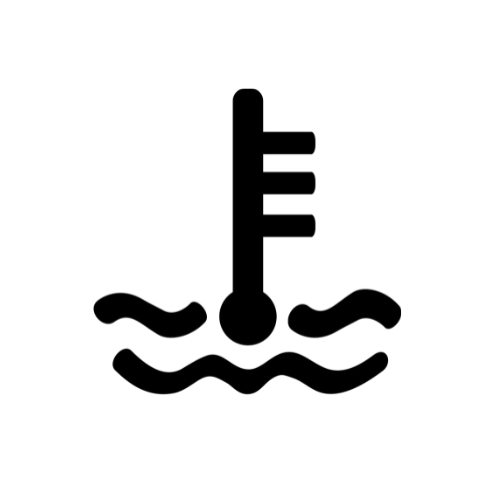
At CoolantInCar, we are dedicated to demystifying the world of engine coolant and cooling systems.

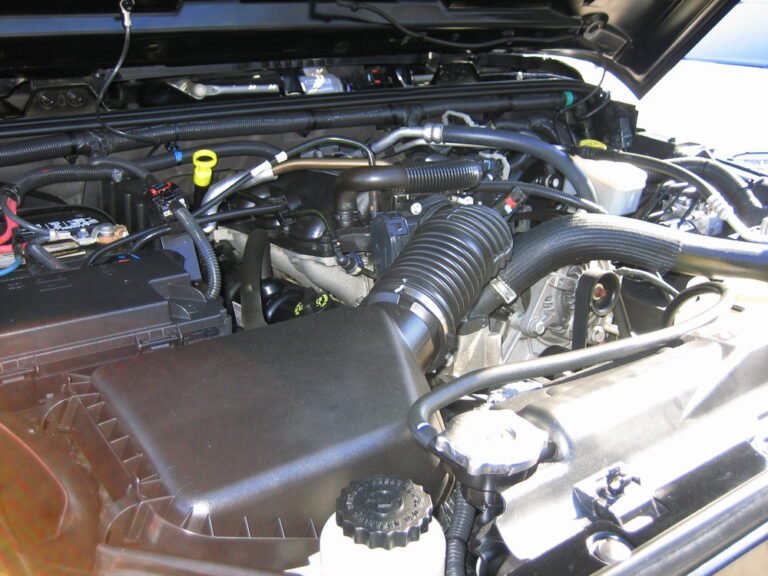
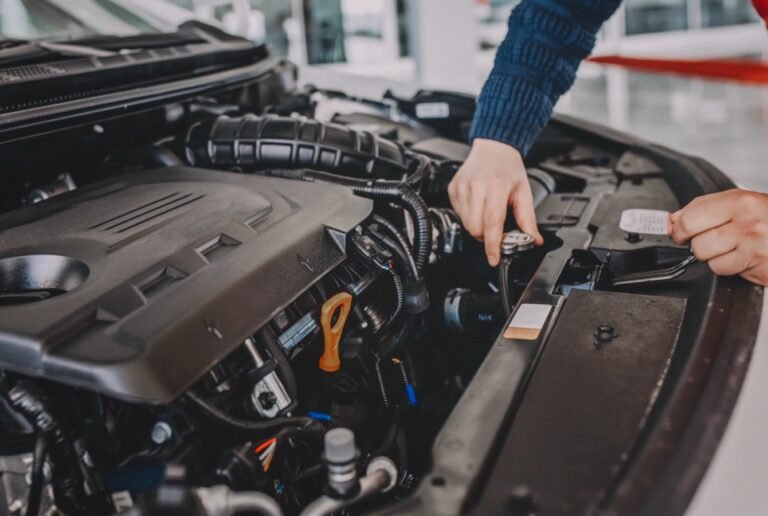

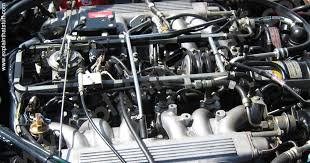
Can you be more specific about the content of your article? After reading it, I still have some doubts. Hope you can help me.
Thank you for your sharing. I am worried that I lack creative ideas. It is your article that makes me full of hope. Thank you. But, I have a question, can you help me?
I know this site offers quality depending articles or reviews and additional stuff, is there any other web site
which provides such things in quality?
Thank you for your sharing. I am worried that I lack creative ideas. It is your article that makes me full of hope. Thank you. But, I have a question, can you help me?
Your point of view caught my eye and was very interesting. Thanks. I have a question for you.
Hi there everyone, it’s my first go to see at this web site, and
piece of writing is actually fruitful for me, keep
up posting these posts.
I’m extremely impressed with your writing skills and also with the
layout on your weblog. Is this a paid theme or did you
modify it yourself? Anyway keep up the excellent quality writing, it is rare to
see a great blog like this one nowadays.
Hello, I log on to your new stuff regularly.
Your writing style is awesome, keep doing what you’re
doing!
Great weblog right here! Additionally your site quite a bit up
fast! What web host are you the usage of? Can I am getting your affiliate link in your host?
I desire my site loaded up as fast as yours lol
биржа аккаунтов купить аккаунт
магазин аккаунтов продажа аккаунтов
магазин аккаунтов профиль с подписчиками
маркетплейс аккаунтов соцсетей https://ploshadka-prodazha-akkauntov.ru
купить аккаунт с прокачкой купить аккаунт
маркетплейс для реселлеров платформа для покупки аккаунтов
купить аккаунт с прокачкой маркетплейс для реселлеров
Account Buying Service Sell Pre-made Account
Account Store Account Trading Service
Ready-Made Accounts for Sale Account Trading Service
Account Market Account Store
Account Sale Account exchange
Buy and Sell Accounts Account Buying Platform
Sell Pre-made Account Find Accounts for Sale
Account Acquisition Account Exchange Service
Account trading platform Account Buying Service
Guaranteed Accounts Website for Selling Accounts
Website for Selling Accounts Account Selling Platform
accounts market buy pre-made account
buy account https://cheapaccountsmarket.com
account catalog account selling platform
website for buying accounts account exchange
account trading platform social media account marketplace
guaranteed accounts marketplace for ready-made accounts
account purchase account trading
account market sell account
account trading service guaranteed accounts
ready-made accounts for sale account exchange service
account catalog account trading service
find accounts for sale account selling service
buy pre-made account account selling platform
account purchase account acquisition
account buying service account selling service
account catalog sell account
verified accounts for sale account catalog
profitable account sales buy account
profitable account sales account selling platform
website for buying accounts sell account
gaming account marketplace accounts for sale
social media account marketplace verified accounts for sale
database of accounts for sale account sale
account trading platform ready-made accounts for sale
Что именно отличает дисплеи iPhone 15
и iPhone 15 Plus от их предшественников?
| В чём особенности экранов iPhone 15
и iPhone 15 Plus по сравнению с предыдущими моделями?
| Чем iPhone 15 и iPhone 15 Plus отличаются в плане дисплея от ранних версий ?
Во-первых, существенно возросшая пиковая яркость
до 2000 кд/м² , что облегчает эксплуатацию смартфона
при прямом свете солнца .
По мнению Дэна, возникает сомнение,
насколько долго устройство сможет
удерживать максимальной яркости,
прежде чем произойдёт её снижение .
Подобное наблюдалось ранее, например, с iPhone 13 Pro . https://macuser.ua/search?word=%D0%B0%D0%BF%D0%BB%D0%BB+%D0%B0%D1%80%D0%B1%D0%B0%D1%82
purchase ready-made accounts verified accounts for sale
accounts for sale gaming account marketplace
accounts marketplace account buying platform
guaranteed accounts online account store
online account store https://accounts-offer.org
website for buying accounts https://accounts-marketplace.xyz
secure account sales https://buy-best-accounts.org/
buy accounts https://social-accounts-marketplaces.live
account selling service buy accounts
buy and sell accounts https://social-accounts-marketplace.xyz
sell accounts https://buy-accounts.space
account market account marketplace
account trading platform https://buy-accounts.live
purchase ready-made accounts https://accounts-marketplace.online
buy accounts accounts market
I’m not sure where you are getting your info, but great topic.
I needs to spend some time learning more or understanding more.
Thanks for great information I was looking for this info
for my mission.
It’s an awesome piece of writing in support of all the web people; they will take benefit from
it I am sure.
продажа аккаунтов https://akkaunty-na-prodazhu.pro
маркетплейс аккаунтов rynok-akkauntov.top
I don’t think the title of your article matches the content lol. Just kidding, mainly because I had some doubts after reading the article.
купить аккаунт https://kupit-akkaunt.xyz
продажа аккаунтов https://akkaunt-magazin.online/
продать аккаунт https://akkaunty-market.live/
покупка аккаунтов kupit-akkaunty-market.xyz
покупка аккаунтов https://akkaunty-optom.live
купить аккаунт https://online-akkaunty-magazin.xyz
магазин аккаунтов akkaunty-dlya-prodazhi.pro
продать аккаунт https://kupit-akkaunt.online
facebook ad account for sale https://buy-adsaccounts.work
buy old facebook account for ads https://buy-ad-accounts.click
buy aged facebook ads account https://buy-ad-account.top
Интернет-магазины Apple в Москве в столице внесли значительный
вклад, ознакомив многочисленную и малознакомую
публику всего мира с понятием гармонии качества,
функционала и дизайна и, при этом, интуитивного управления.
Эти характеристики уже очень долго продолжают делать уникальными в сравнении с другими
брендами, начиная с первых Macintosh,
а затем и iPod, MacBook Air, iPhone, iPad, MacBook Pro, а также множество других
инновационных решений Apple на российском
рынке.
Стоит отметить, справедливости
ради, необходимо также признать, что ряд продуктов были абсолютными «пионерами»
в своей отрасли и не встречали на момент создания каких-либо конкурентов.
Впрочем, этот факт – это, всего лишь одно из бесспорных плюсов, которыми по праву обладает
продукция Apple в Москве на российском рынке,
и является результатом тщательной и длительной работы команды талантливых специалистов, посвятивших и продолжающих посвящать свою жизнь созданию инновационных, простых и надёжных продуктов. https://macuser.ua/search?word=%D0%B4%D0%B5%D1%88%D0%B5%D0%B2%D1%8B%D0%B5+%D0%B0%D0%B8%D1%80%D0%BF%D0%BE%D0%B4%D1%81%D1%8B+%D0%BB%D0%B5%D1%84%D0%BE%D1%80%D1%82%D0%BE%D0%B2%D0%BE
buy fb account https://buy-ads-account.click
fb account for sale https://ad-account-buy.top
facebook accounts for sale fb account for sale
fb accounts for sale facebook accounts for sale
facebook accounts for sale buy facebook ad accounts
google ads account seller https://buy-ads-account.top
buy google agency account https://buy-ads-accounts.click
I don’t think the title of your article matches the content lol. Just kidding, mainly because I had some doubts after reading the article.
Heya! I’m at work browsing your blog from my new iphone! Just
wanted to say I love reading your blog and look forward to
all your posts! Keep up the fantastic work!
buy facebook old accounts https://buy-accounts.click
Thank you for your sharing. I am worried that I lack creative ideas. It is your article that makes me full of hope. Thank you. But, I have a question, can you help me? https://accounts.binance.com/register?ref=P9L9FQKY
buy google ads threshold accounts https://ads-account-for-sale.top
google ads reseller https://ads-account-buy.work
Amazing! Its in fact amazing post, I have
got much clear idea on the topic of from this post.
google ads agency accounts https://buy-ads-invoice-account.top
google ads agency account buy https://buy-account-ads.work
buy google ads verified account https://buy-ads-agency-account.top
I visited multiple websites except the audio feature for audio songs present at this web page is really marvelous.
Hey there, I think your blog might be having
browser compatibility issues. When I look at your blog in Ie, it looks fine but when opening in Internet Explorer, it
has some overlapping. I just wanted to give you a quick heads up!
Other then that, awesome blog!
buy google ads agency account google ads account seller
google ads reseller https://ads-agency-account-buy.click/
buy verified facebook business manager https://buy-business-manager.org
buy old google ads account https://buy-verified-ads-account.work
buy facebook business manager https://buy-bm-account.org
buy verified bm facebook bm account buy
facebook business manager buy buy-verified-business-manager-account.org
facebook business account for sale https://buy-verified-business-manager.org
verified bm business manager for sale
buy verified business manager buy facebook bm account
buy verified facebook buy-bm.org
buy facebook business manager accounts https://verified-business-manager-for-sale.org
buy verified business manager facebook https://buy-business-manager-accounts.org
tiktok ads account for sale https://buy-tiktok-ads-account.org
buy tiktok ad account https://tiktok-ads-account-buy.org
WOW just what I was searching for. Came here by searching for New
York SEO
I do accept as true with all of the concepts
you’ve offered to your post. They’re really convincing and will certainly work.
Still, the posts are very brief for novices. May just you
please prolong them a little from subsequent time?
Thanks for the post.
buy tiktok ads tiktok ads account buy
tiktok ads account for sale tiktok ads agency account
buy tiktok ad account https://buy-tiktok-ad-account.org
tiktok ad accounts https://buy-tiktok-ads-accounts.org
Cool blog! Is your theme custom made or did you download it from somewhere?
A theme like yours with a few simple adjustements would really make my blog stand out.
Please let me know where you got your design.
Thanks a lot
Hi, I do think this is a great web site. I stumbledupon it 😉
I’m going to revisit yet again since i have
book marked it. Money and freedom is the best way to
change, may you be rich and continue to guide others.
Hi there i am kavin, its my first time to
commenting anywhere, when i read this piece of writing i thought i could also create comment
due to this brilliant paragraph.
tiktok agency account for sale https://buy-tiktok-business-account.org
tiktok ads agency account https://buy-tiktok-ads.org
buy tiktok ads account https://tiktok-ads-agency-account.org
you’re actually a good webmaster. The web site loading velocity is incredible.
It sort of feels that you are doing any distinctive
trick. In addition, The contents are masterwork.
you have done a fantastic task on this subject!
Hello, i think that i saw you visited my weblog thus i came to “return the
favor”.I am trying to find things to improve my website!I suppose its ok to use some of
your ideas!!